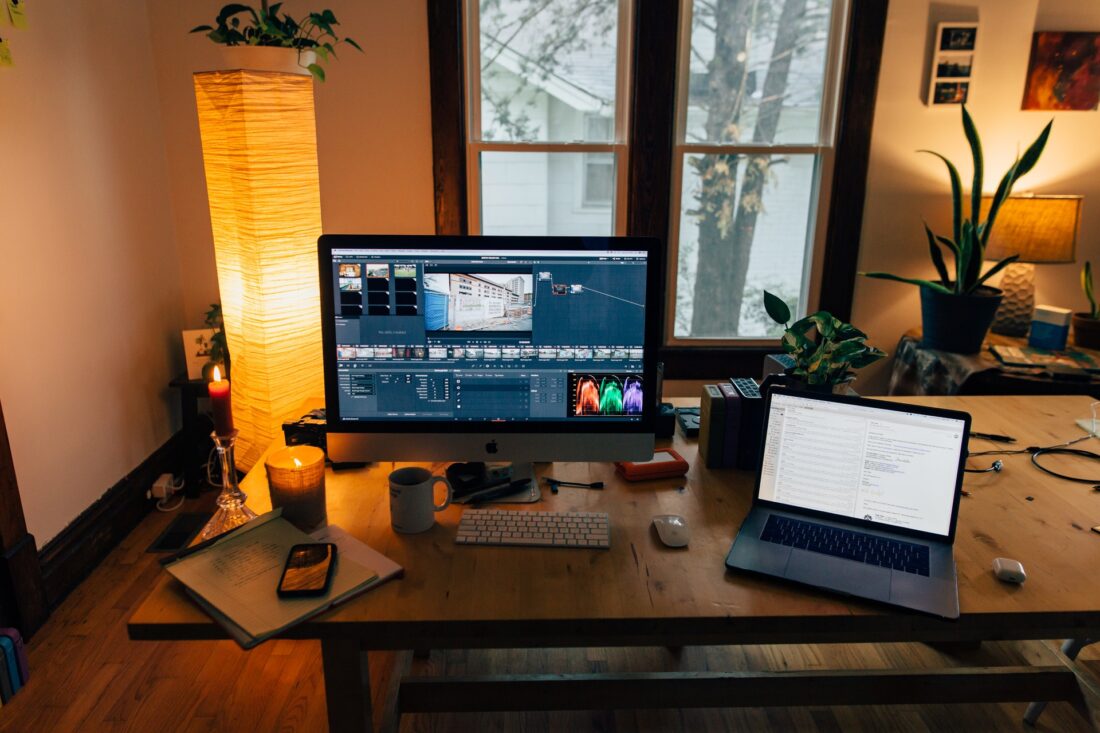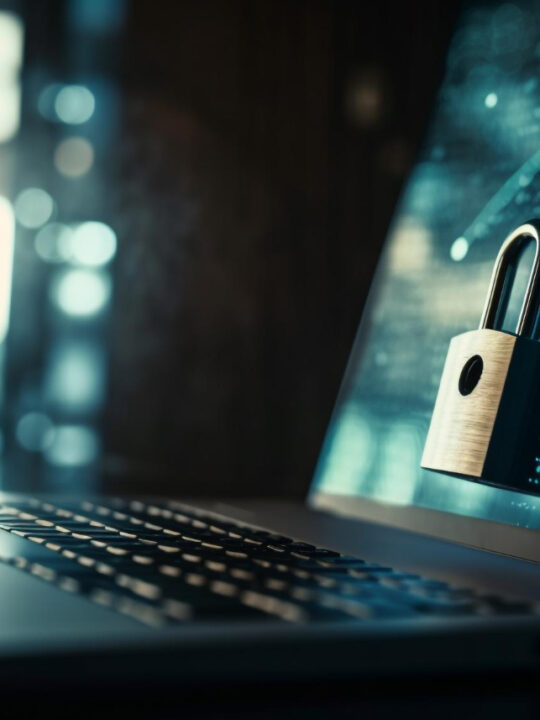 When it comes to editing videos, there are several methods to choose from, with each of those having some advantages and disadvantages over the other. The editing method can vary from user to user or based on the requirement, such as a travel vlogger might use different methodology as compared to a YouTuber, both of these can be done using online video editing too such as this one here, too. In general, professional editors prefer digital non-linear editing techniques for videos. However, it is important to have an idea of how different techniques work. In this blog, we will discuss a brief overview of various editing methods and how you can leverage them to get the most out of your videos.
When it comes to editing videos, there are several methods to choose from, with each of those having some advantages and disadvantages over the other. The editing method can vary from user to user or based on the requirement, such as a travel vlogger might use different methodology as compared to a YouTuber, both of these can be done using online video editing too such as this one here, too. In general, professional editors prefer digital non-linear editing techniques for videos. However, it is important to have an idea of how different techniques work. In this blog, we will discuss a brief overview of various editing methods and how you can leverage them to get the most out of your videos.
Film Splicing
This is not a way to edit videos. However, it is worth mentioning as film splicing is the basis of all video editing techniques. Films were edited traditionally by cutting sections of the film and rearranging or discarding it in the desired manner. It is a mechanical, simple, and straightforward process. A splicing machine is used to carry out this editing process. The film footage is lined up and held in place while unwanted parts are cut, and the desired ones are spliced together.
Before going further and diving into the specifics of editing techniques, let’s look at various terminologies related to video editing:
- Capture device: This is the hardware device that converts analog video signals into a digital video format.
- Compressors & codecs: The software used to compress and decompress digital video files to change its final size.
- Video editing: Similar to image editing, it is the process of rearranging, adding, or eliminating clips, and creating a smooth transition between them.
- Encoding: This is the process of converting digital video into any specific format for the purpose of its distribution.
- Layering: This is nothing but the process of adding multiple layers of superimposed video footage together.
- Transition: The changing of one shot to another is called transition.
- Post Production: The set of steps that video footage goes through after production, i.e. shooting, has been completed. It includes steps like video editing, audio editing, orientation, color correction, animation, transitions, effects, and so on.
Tape to tape or linear editing
This is the original technique of editing videotapes before the invention of computers in the 1990s. However, this technique is not used frequently nowadays. In the linear editing method, the desired video clips are copied from one tape to another. In this method, multiple video machines are linked together, where one acts as the source and the other as the recorder. The video film to be edited is placed in the source machine and the blank film in the recorder. Once you press play, the desired footage is copied from the source to the recorder in the correct order.
The method is called linear as the copying of the footage occurs in linear form i.e. starts from the first shot and works through to the last shot. However, it is almost impossible to go back and re-edit if the editor changes their mind midway. The best part about the linear editing method is that it is relatively simple and trouble-free.
Digital, computer, or non-linear editing
In the non-linear editing method, the video footage is recorded and stored in any storage device like a hard drive and is edited using video editing software. As the editing is done, the final edit is burned to a magnetic tape or optical disk. There are several benefits of non-linear editing over the linear one. It is an extremely flexible method and allows the editor to make changes to any part of the video at any time, and that’s why it is called non-linear editing.
However, it is a complex technique, and one has to work simultaneously with an array of hardware and software. Again, digital videos have multiple standards that might be incompatible with each other, and setting up a robust mechanism to unify these is a daunting task. However, the complexity is worth it. Once you learn the basics, you can make mesmerizing videos that can dazzle your audience.
Live editing
This happens mostly in case of live coverage of any event or live streams. In this technique, multiple cameras and other video sources are multiplexed to a central mixing console, and footage is edited in real-time. News coverage is an example of live editing.
Offline editing
In this editing method, copies of the raw footage are made and compressed into smaller resolutions for editing. The compressed footage is known as proxy footage. This proxy footage is then edited. While editing, the editor exports the footage and replaces the raw video with it. This editing technique comes in handy in case you have limited hardware and software capabilities for editing.
For editors who are starting their journey, it is nearly impossible to own hardware with enough processing capabilities to edit 4K videos. Offline editing comes in handy for newcomers who have a limited budget to invest in hardware. This technique does not need many computer resources for smooth editing. However, this technique is rarely used nowadays.
Online editing
As the name suggests, this process is just the opposite of the offline editing technique. Here, there is no need to create proxy footage. The video editor works on the raw video footage itself. All the customizations like slicing, cutting, adding transitions, animations, changing orientation, color adjustment, and so on, are done directly in the raw video. In general, the hardware requirements are quite top-notch for this technique. InVideo is a great example of an online video editor which provides ample amount of features and options to make introduction videos, outros or editing videos and you can try it too, by just clicking here.
Conclusion
Besides the above-mentioned video editing techniques, there are a number of other ways to edit videos. There are different categorizations based on the software used. There is both online and offline software that you can use for editing. If you have hardware with good processing capabilities, you can use offline software like Final Cut Pro or Adobe Premiere Pro to edit videos for your brand or social media channels. In case your hardware processing capabilities are limited, there are online video platforms like InVideo that you can leverage to make mesmerizing and eye-catching videos. Choose the method or software that suits your needs, and start editing!







